Can ripples on the sun help predict solar flares?0
- From Around the Web, Space
- September 24, 2020
Scientists analyze sunquakes to pinpoint flare energy source, perhaps predict flare severity

Scientists analyze sunquakes to pinpoint flare energy source, perhaps predict flare severity
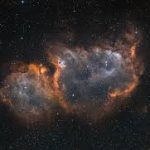
Peering into the dark.
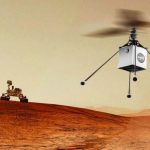
Mars, also known as the red planet, has been the focus of numerous research studies, as some of its characteristics have sparked discussions about its possible inhabitability. The National Aeronautics and Space Administration (NASA) and a few other space agencies have thus sent a number of rovers and other spacecraft to Mars with the hope of better understanding its geology and environment.
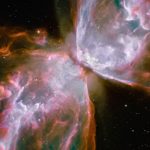
Red giant stars reveal that planets or even other stars may influence the shells of gas and dust

The US space agency (Nasa) has formally outlined its $28bn (£22bn) plan to return to the Moon by 2024.

Potentially hundreds of thousands of migratory birds will not make their annual trip this winter after a mysterious mass die-off that has alarmed biologists in the southwestern United States.

The pi planet’s surface is probably too hot to support life as we know it.
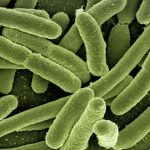
New bioarchaeology research from a University of Otago Ph.D. candidate has shown how infectious diseases may have spread 4000 years ago, while highlighting the dangers of letting such diseases run rife.
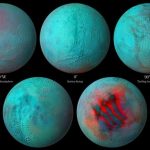
Enceladus may be even more interesting than we thought.

Astronomers have discovered two planets orbiting a bright dwarf star in the binary stellar system Gliese 414.



